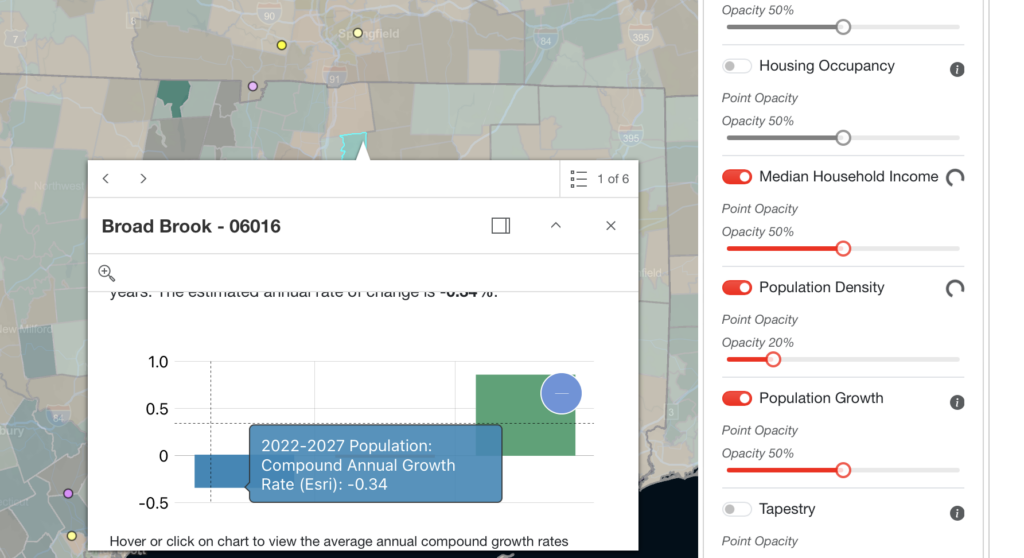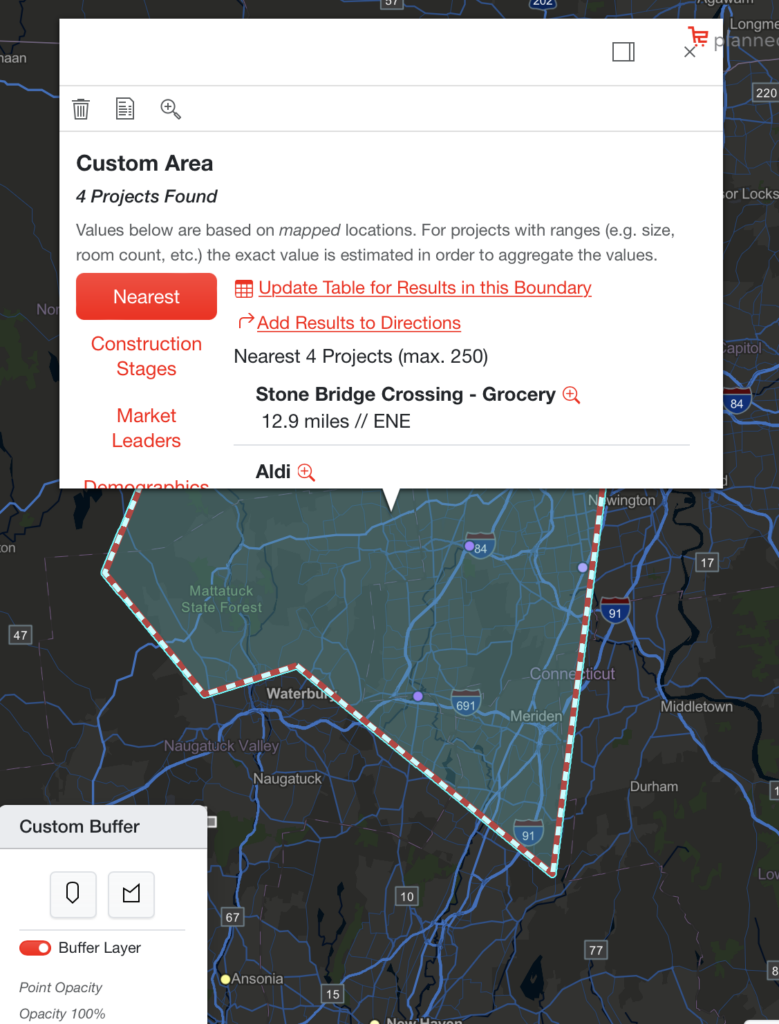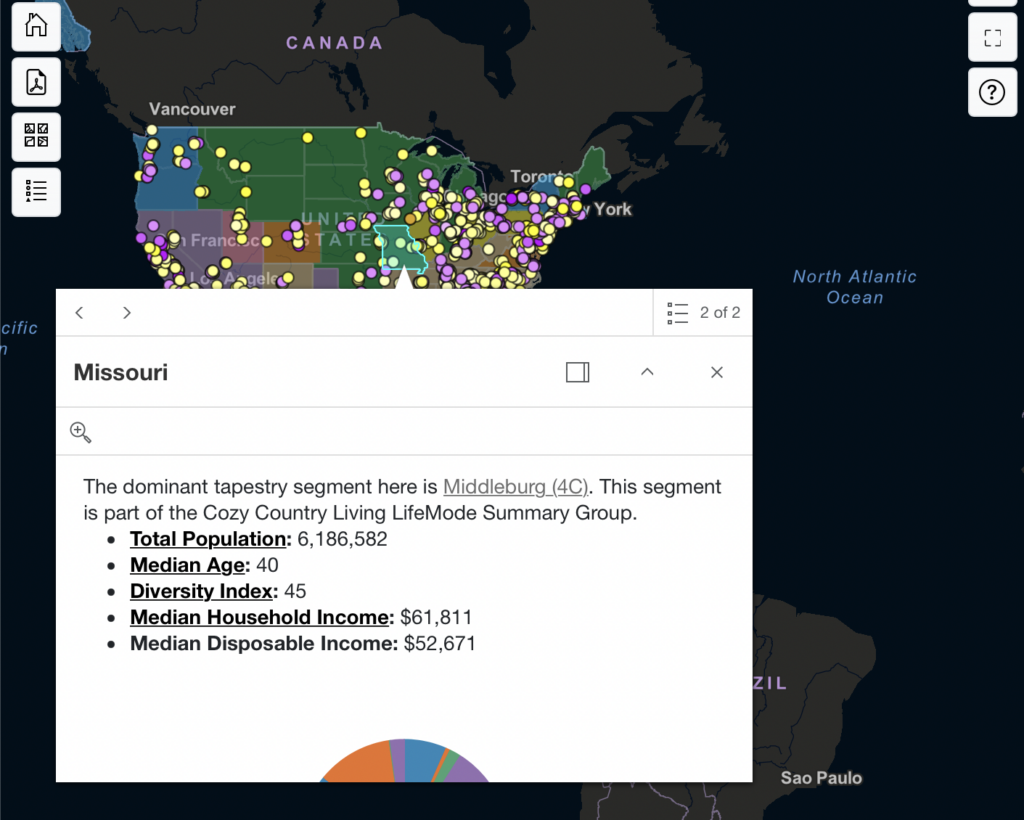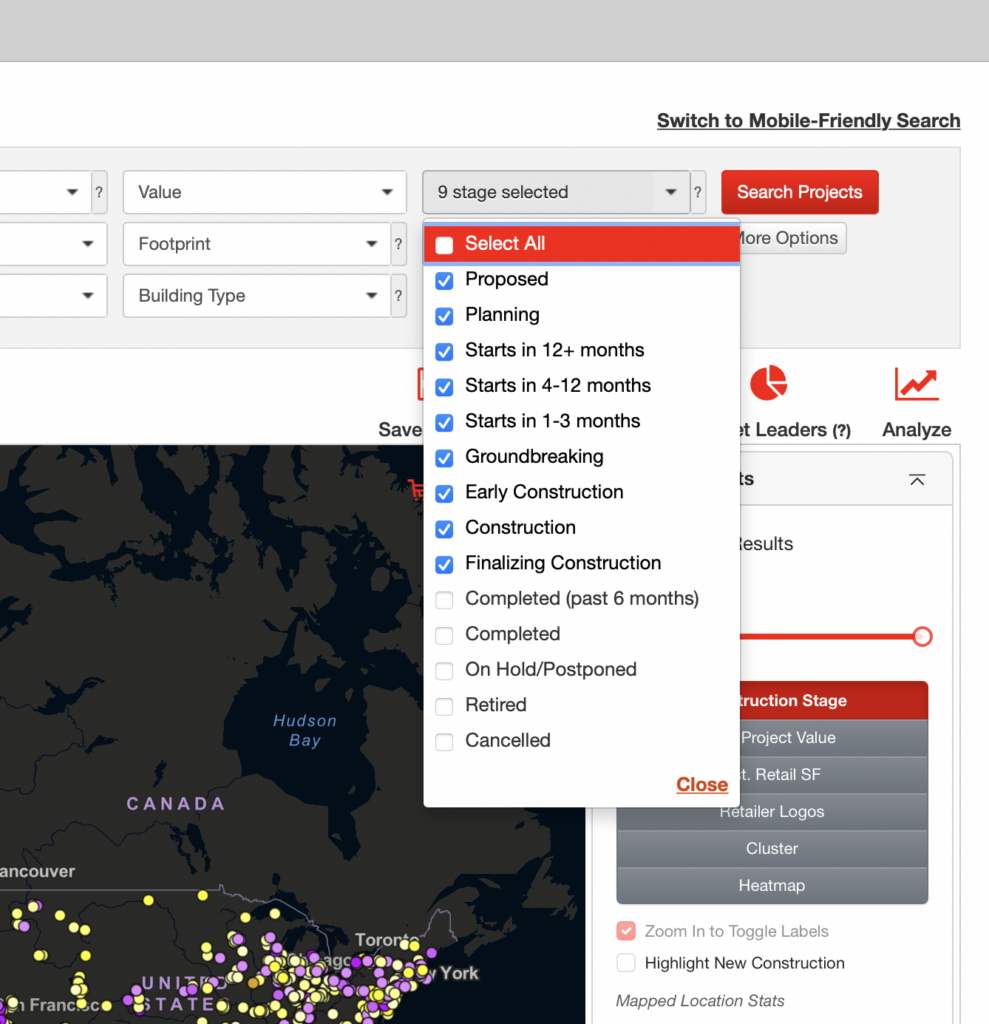
Solving Food Deserts Through Grocery-Anchored Developments
Food deserts are regions with limited access to affordable and nutritious food. They represent a critical challenge in addressing food insecurity in America. Defined by the USDA as areas where at least 33% of the population resides more than one mile (urban) or 10 miles (rural) from the nearest grocery store, food deserts impact over 18 million Americans. Grocery-anchored developments are emerging as a promising solution to combat food deserts by revitalizing underserved communities, reducing food insecurity, and boosting local economies.
Table of Contents
The Role of Grocery-Anchored Developments
Grocery-anchored developments involve incorporating full-scale grocery stores into new or existing commercial or mixed-use projects. These stores serve as a centerpiece for developments, offering residents access to fresh produce, affordable staple items, and healthier food choices. The benefits go beyond food accessibility, they have the potential to:
Driving Foot Traffic
Grocery stores act as anchor tenants, attracting consistent customer traffic that benefits other businesses within the development. Retail shops, pharmacies, and service providers often thrive in proximity to a well-established grocery store.
Economic Growth
Introducing a grocery store creates local jobs, stimulates retail activity, and increases property values. Grocery-anchored developments help retain spending within the community, strengthening the local economy.
Reducing Food Insecurity and Improving Food Access
Proximity to a grocery store significantly improves access to nutritious food. This is particularly impactful in food deserts, where convenience stores and fast food restaurants often dominate, limiting healthy choices.
Why Food Deserts Exist
Food deserts persist due to a combination of geographic, economic, and systemic barriers that disproportionately affect low-income and racially marginalized communities. The term ‘food apartheid’ is used to highlight the deeper social and economic issues surrounding food access, emphasizing the systemic inequalities that prevent these communities from accessing affordable and nutritious foods. Below are the primary factors contributing to their existence:
Distance to Stores
Residents in rural areas and food deserts often live far from full-service grocery stores, making access to healthy and affordable food challenging. For households without reliable transportation, the problem becomes insurmountable. Walking long distances or relying on inconsistent public transportation adds time and effort, leaving many to settle for closer, less nutritious food options like convenience or fast-food stores.
Lack of Public Transit
In many food deserts, public transit options are inadequate or nonexistent. This lack of infrastructure exacerbates the difficulties faced by families who do not own vehicles. Even in urban areas, public transit systems may not connect neighborhoods effectively to grocery stores, forcing residents to either spend more money on ride-sharing or travel longer distances with limited means.
High Food Costs
Even when grocery stores or convenience outlets exist, the cost of nutritious food can be prohibitively high. Healthy options like fresh fruits, vegetables, and lean proteins are more expensive to stock and maintain, especially in low-income areas where demand is inconsistent. Dollar stores or small convenience shops, common in these areas, often lack variety and sell less nutritious packaged goods at inflated prices. Additionally, these stores frequently offer processed foods, which are more prevalent and pose health risks due to their high sodium, sugar, and additive content.
Systemic Inequities in Low Income Communities
Food deserts are not random; they are the result of historical and systemic inequalities. The food system plays a crucial role in this context, as broader economic, social, and environmental issues, including poverty and race, influence food security and health outcomes. Policies like redlining segregated communities, limiting economic investment and access to essential services, including grocery stores. Predominantly Black neighborhoods have faced these inequities for decades, leading to persistent food insecurity. A study published in BMC Nutrition found that people of color often travel significantly farther to access healthy food than white counterparts. Historically, predominantly Black neighborhoods were excluded from federal urban planning efforts, leaving them under-resourced. Even when grocery stores are present, income inequality makes healthy food less accessible. The high costs of fresh produce and protein-rich foods often prevent low-income families from maintaining balanced diets.
Grocery-Anchored Developments as a Long-Term Solution
When strategically placed in food deserts, grocery-anchored developments can provide more than just food access. They play a crucial role in enhancing food security by addressing underlying structural barriers that impact access to food. They offer an avenue to address long-standing inequalities while encouraging sustainable urban and rural planning.
Site Selection Matters
Developers can prioritize food deserts by identifying underserved areas with a population density to support a grocery store. Using tools like BuildCentral’s planned retail developments data, developers can pinpoint regions where new stores could maximize impact.
Supporting Local Farmers and Providing Healthy Foods
Partnerships between grocery stores and local farmers can introduce fresh, locally sourced produce to underserved areas. Food pantries also play a crucial role in addressing food insecurity by providing additional resources to low-income and low-access communities. Community-focused initiatives, such as farmer’s markets within the development, can further complement grocery offerings.
Leveraging Mixed-Use Spaces
Including housing, health services, and recreational areas alongside grocery stores creates self-sustaining communities, especially in low income communities. Mixed-use developments improve quality of life and make underserved neighborhoods more attractive to future investors.
Benefits for Real Estate Developers
From a real estate perspective, grocery-anchored developments are advantageous:
High Demand Tenants
Grocery stores are essential retail anchors that thrive regardless of economic conditions. Unlike discretionary retailers, grocery tenants provide stability through long-term leases, driven by consistent consumer need for food. This reliability makes grocery-anchored shopping centers a recession-resistant investment and a magnet for complementary tenants, such as pharmacies, personal care stores, and restaurants.
Increased Property Value
The presence of a grocery store enhances the attractiveness of the development, often leading to higher property values. Grocery stores drive foot traffic, benefiting neighboring businesses within the retail center. This increased activity bolsters the overall net operating income (NOI) of the property, improving its financial viability and market appeal.
Enhanced Reputation
Developers who address food deserts with grocery-anchored projects position themselves as champions of social impact. By solving food insecurity and improving community access to fresh produce, developers align their projects with corporate social responsibility (CSR) goals. Such efforts enhance public and stakeholder perception, leading to long-term reputational benefits.
How Developers Can Use Hubexo to Address Food Deserts
Hubexo provides powerful data tools that enable developers to make informed decisions about grocery-anchored developments. Here’s how it can support projects targeting food deserts:
Inform Site Selection
Hubexo’s data can identify underserved areas with low grocery access, population density, and economic viability. Developers can use these insights to pinpoint optimal locations for grocery-anchored developments.

Competitive Research
Evaluate nearby retail and grocery stores to assess gaps in the market. Hubexo’s tools highlight the absence of grocery chains or healthy food outlets in specific regions, helping developers strategically choose anchor tenants.

Demographics Insights
Gain an understanding of the socioeconomic and demographic profile of a region. Developers can use this data to propose tailored solutions, such as culturally specific food items.

Project Tracking and Development Pipelines
Stay ahead of industry trends by monitoring planned and ongoing retail or mixed-use developments. Hubexo’s project tracking ensures developers can adapt strategies to align with broader market trends.

Make an Impact with Grocery-Anchored Developments
Transforming food deserts into thriving communities requires data-driven strategies, and Hubexo is here to help. Understanding food deserts is crucial, as it involves examining the various barriers that populations face when accessing nutritious food in low-income areas. Use Hubexo’s retail development insights to identify prime locations, attract high-value tenants, and contribute to reducing food insecurity.
Explore Hubexo Today and see how our tools can support your next project. Make a lasting impact on communities while ensuring a profitable investment!


